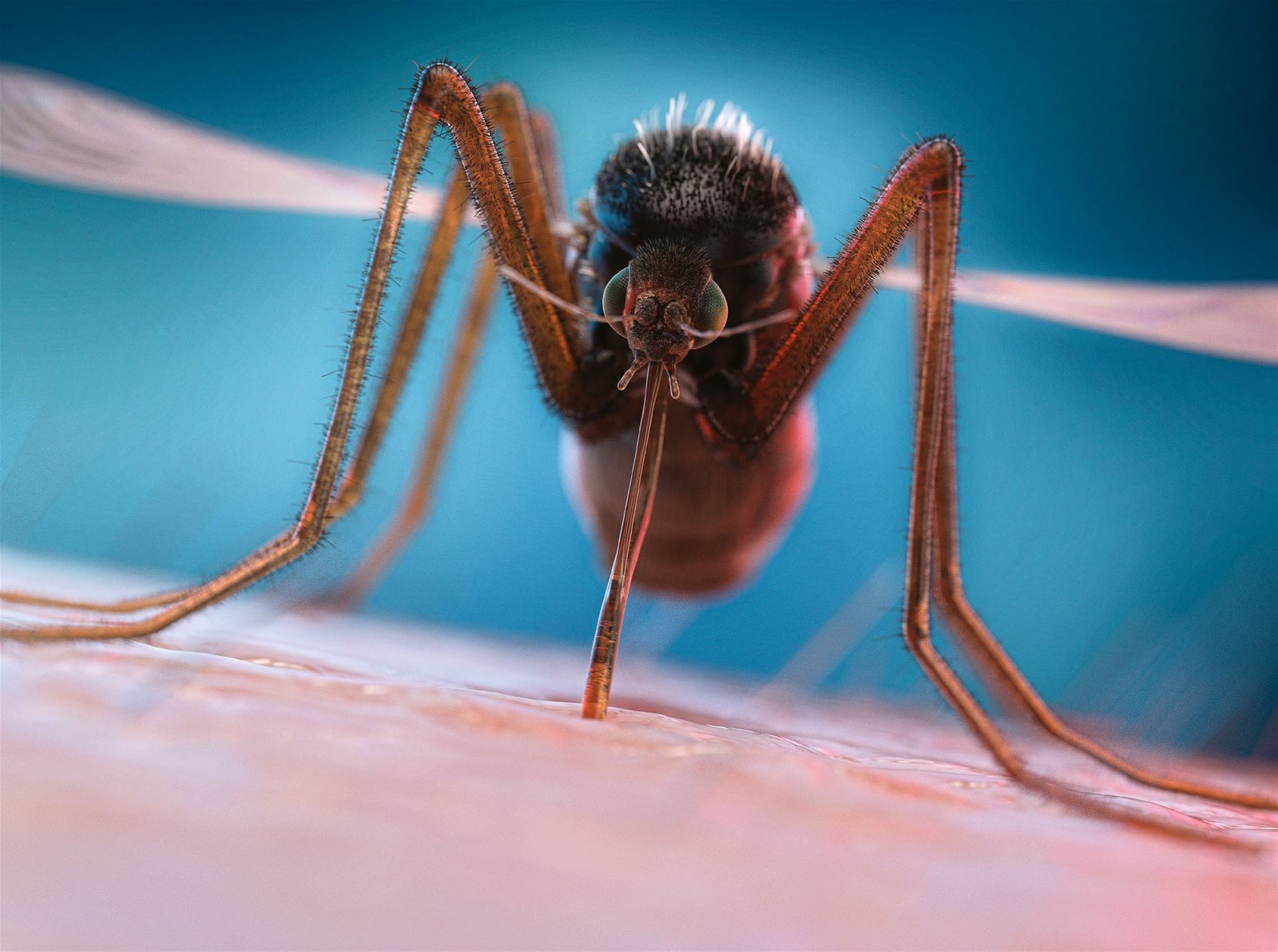
Female Anopheles mosquitoes carry malaria disease
© Getty/ NASA;JPL-Caltech;SwRI;MSSS;Kevin M. Gill;Fernando Garcia Navarro
The World Health Organization (WHO) has just recommended a second vaccine to prevent
malaria in children, almost exactly two years after it recommended the world’s first. When
given seasonally, the vaccine, called R21/Matrix-M or just Matrix-M, is as effective as the previously recommended vaccine, known as RTS,S or Mosquirix. In trials conducted in regions where malaria spread seasonally, three doses of Matrix-M cut the rate of symptomatic malaria in the following year by about 75 per cent. An additional, fourth dose of vaccine given a year after the third dose carries that protection into the next malaria season.
“As a malaria researcher, I used to dream of the day when we would have a safe and effective vaccine against malaria. Now, we have two,” said Tedros Adhanom Ghebreyesus, the current director-general of the WHO. “Demand for the RTS,S vaccine far exceeds supply, so the R21 vaccine is a vital additional tool to protect more children faster, and to bring us closer to our vision of a malaria-free world.”